Digital Transformation Guide: Milestones and Examples
Published: February 29, 2024
22 min read
In this article, you'll learn:
1
💻 Digital Transformation of Business: What is It?
2
⚙️ Key Steps of the Digital Transformation Process
3
🗃 Digital Transformation: Business Cases
4
💸 What Are the Costs of Digital Transformation?
Everybody’s talking about the digital transformation of business these days. Many business have already switched their products, services, and internal processes to digital; even more are going through this process now.
You’re probably thinking about moving in this direction, too. Yet, it leaves you with many questions like:
- What exactly is Digital Transformation? How can you apply it to your business?
- Who should do it?
- What are the benefits? Do I need it all?
- How much can it cost?
In this article, we’ll answer these questions, guide you through all the key steps of digital transformation, and explain how you can do it for your company. Use the content table on top of the page (it’ll also appear when you scroll down to the next paragraph) to quickly jump to the needed part!
💻 Digital Transformation of Business: What is It?
Before we review the best examples of digital transformation and share some “how-to” insights, let’s first define what we’re talking about.
The topic became especially popular and relevant in the light of COVID-19. The whole world went digital. Restaurants that had already offered delivery got a huge advantage over those that hadn’t and were only jumping at these digital rails. Retailers with a limited online presence and few delivery options were forced to jump on this digital bandwagon. You can find similar examples almost in any industry.
Here's a great introductory video to explain the concept:
Yet, the Coronavirus pandemic didn’t start these processes but rather accelerated them. In IDC FutureScape: Worldwide Digital Transformation 2020 Predictions, published in October 2019, researchers have analyzed some digital transformation strategy examples and trends of recent years. Eventually, some of the key predictions were:
- By 2023, investments in digital transformation will grow from 36% in 2019 to over 50% of all information and communication technology investments.
- Investments in direct digital transformations are rapidly growing at an annual rate of 17.5%. They’re expected to approach $7.4 trillion over 2020-2023.
- By 2024, artificial intelligence-powered companies will respond to their customers and partners 50% faster than their peers.
As you can see now and will see even better from digital transformation examples, companies are heavily investing in this process. But what exactly do they invest in?
📖 Digital Transformation: Definition
You can find probably hundreds of different definitions. However, they’re all built around the same idea:
Digital Transformation is the integration of digital technologies in all areas of a company’s operations.
Digital transformation examples show us that this process affects businesses on many different levels. For example:
- the way they collect, analyze and use data;
- how they interact with customers;
- the way employees work;
- products they offer to customers (including solely digital ones);
- how business processes work and others.
The short terms to refer to this process are DT or, much more popular form, DX. While DT is quite obviously an abbreviation for Digital Transformation, the second term may seem a bit unclear.
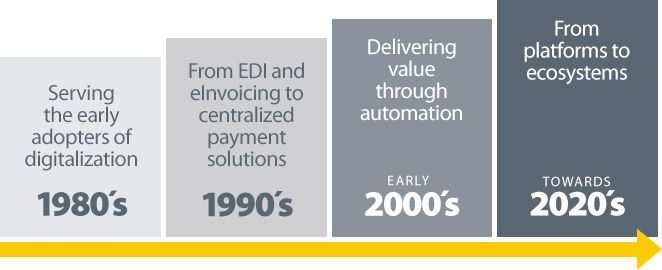
How the concept of DX transformed through the years (image by OpusCapita)
X, in this case, means “everything”. Like in the term XaaS — “everything-as-a-Service”. It underlines the idea that DX isn’t about some specific part of your business but about everything: from employees and tools they use to products and services you offer. You’ll clearly see it closer to the end of the article where we review the best examples of digital transformation from different fields.
📲 What DX is about?
As we’ve just said, Digital Transformation affects all parts of your company. If we try to break it down into larger blocks, it may look as follows:
📱 Introduction of new products and services | 🛃 Streamline processes |
You may develop new products and services that are solely digital. | Companies often use DX to improve existing processes. |
🤝 Empowering people to work in new ways | 👩💻 Digital-savvy leaders in place |
Digital transformation of business will for sure make you review the way your employees work. | DX is also about engaging the company's leaders to support digitalization. |
💬 Modern ways of communication | 📈 Digital upgrade of used tools |
This relates to both internal (within the company) and external (with сustomers and partners) communications. | Another popular example of digital transformation is when companies replace their old tools with their digitally updated versions. |
Despite DX can be implemented in many different forms, there are a set of technologies that are quite often used during this process. Let’s remember what stands behind these concepts.
🤖 DX: Key Concepts
If you’re familiar with the technologies from the list below, you may jump right to the next paragraph.
So here are the concepts we’re going to refer now and then in the article:
Concept | Description | Example | |||||
|---|---|---|---|---|---|---|---|
🤖 Artificial Intelligence (AI) | The ability of software to make reasonable decisions based on the analysis of big amounts of data. Such a system doesn’t just do what you order but can also suggest its own options or take needed decisions if allowed. | A system that automatically assigns delivery order to a courier based on his distance, working time, type of vehicle, etc. | |||||
🧠 Machine Learning (ML) | The ability of software to learn from similar cases and previous experience in order to make reasonable decisions. | A system that estimates the costs of electricity/water usage and suggests ways to optimize it based on your day-to-day patterns. | |||||
🌐 Internet of Things (IoT) | The network of physical devices and sensors that gather data and transfer it to your software. | The set of sensors that tracks temperature and humidity in the warehouse. | |||||
📚 Big Data | Large sets of data about your processes, customers, products, etc. It can be used for analysis, predictions, estimations, planning, and other business purposes. | You can find hidden connections between popular products and the time, day of the week, season, etc. It will let you adjust stock/inventory to match the changing demand without spoiling the materials. | |||||
Now you're all set to take a deep dive into how exactly you should transform your business!
⚙️ Key Steps of the Digital Transformation Process
Now you’re probably wondering how the DX implementation goes. Yet, it may seem like a quite complex and complicated process with no clear starting point.
How do you start? What should you do then? What steps should you take in the first place?
Thus, we’ll provide you with digital transformation strategy examples. So when you finish reading this article, you’ll have a clear understanding of what’s to be done next.
🏆 3 Major Steps of DX
At the highest level, the strategy consists of 3 big steps or 3 D’s — Digitization, Digitalization, and Digital Transformation. You may see these steps as links of a single chain:
- We digitize information. Simply: this is the transition of data in an analog form to a digital form; putting information online that wasn’t online before. It may relate to papers, cards, and all other aspects of your business that are done offline & manually so far.
- We digitalize processes. Digitalization describes the process of using digital tools and technologies to transform different operations — payroll, employee management, delivery, communication, and others. Yet, digitalization is quite a limited process that usually covers one branch or direction, improving it but not reshaping the whole business.
- We digitally transform institutions. This is a complex process that doesn’t finish when you introduce a new feature or digitalize an old one. It’s rather a long continuous process that is both initiated by and encourages shifts in the workforce, management, culture, products, used technologies and approaches, etc. To succeed in DX, companies should go through significant digitization and digitalization.
You can think of these steps as a ladder:
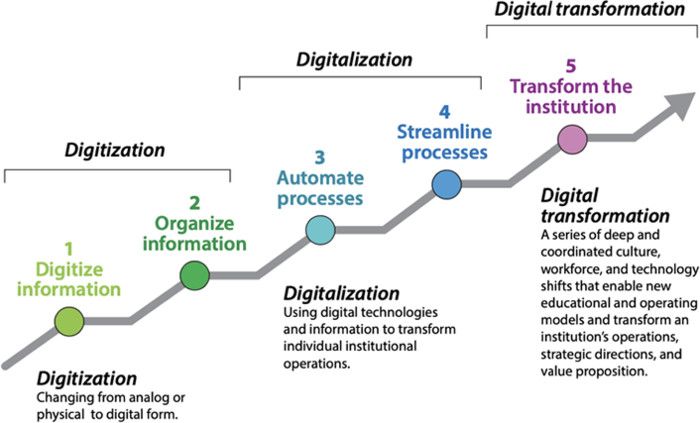
3 key steps of Digital Transformation (image by Betsy Reinitz)
How will it look if we turn it into a step-by-step guide? You may run DX in your company using the following instruction:
- Adapt your board.
DX usually doesn’t start spontaneously — it’s rather a result of an initiative from a top level. Thus, you should either hire a new person who will be responsible for digital transformation or train yourself or other members to get this competence. This position is usually called a Chief information officer (CIO) or a chief digital information officer (CDIO).
Small businesses may outsource such a person or partner with a full-scale IT agency that can implement digital transformation for them.
- Set strategy = Define goals.
When you have someone in charge of DX, it’s time to figure out what you want to achieve in the first place. It’s impossible to do everything at once so agree on a few top-priority directions. These may be: increase revenue, cut expenses, reduce time on some processes, cut needed workforce, introduce new products, deal with specific problems, etc.
The best way to do this is to review your ongoing processes to see hidden opportunities for improvements. You may also take a look at what your competitors or industry leaders do — and try to see what practices may be useful to your business as well.
- Choose tactics = Define specific steps.
When you have set a few general goals, you’ll need specific steps to achieve them. At this stage, you need to decompose your overall strategy into specific measurable actions.
{ rel="nofollow" .default-md}*)](https://cdn.sanity.io/images/ordgikwe/production/867bf1e3c1894f9bc9c1ed866290b9617dc94639-700x525.jpg?w=700&h=525&auto=format)
Together with your team agree on what your overall strategy is and how you're going to implement it (image by Darya Semenova)
These steps may include something like that: develop a mobile app or a website for …, automate a process of …, replace a manual process with a digital tool, improve the tool you’re using now, etc.
- Decide how you’re going to implement it.
Ok, so now you understand what you want to achieve and what specific steps you should take towards your goals. The question is: how are you going to do this?
The first option is to build an in-house team. This is the team that will work as a separate department specifically on your products, just like any other hired employees.
An alternative way is to outsource your development to a mobile/web development agency that will handle all the tech questions on their side.
- Just do it!
Now you’re all set. Get to work, transform your business, measure the results, and spread the best experiences and practices on other departments and processes in your company!
🗃 Digital Transformation: Business Cases
Let’s move from theory to practice and review a few digital transformation examples from different industries.
💳 Retail | Nike
Retail is definitely one of the industries where you can clearly see DX processes. Retail businesses face quite a strong need to transform since their customers already live in a digital world and use all its benefits. Thus, companies with a weak digital strategy will lose their customers to their competitors.
Retail companies are focused in the first place on digitalization of their products and services they offer to customers. However, a digital transformation won’t be full if you don’t rethink your internal management processes.
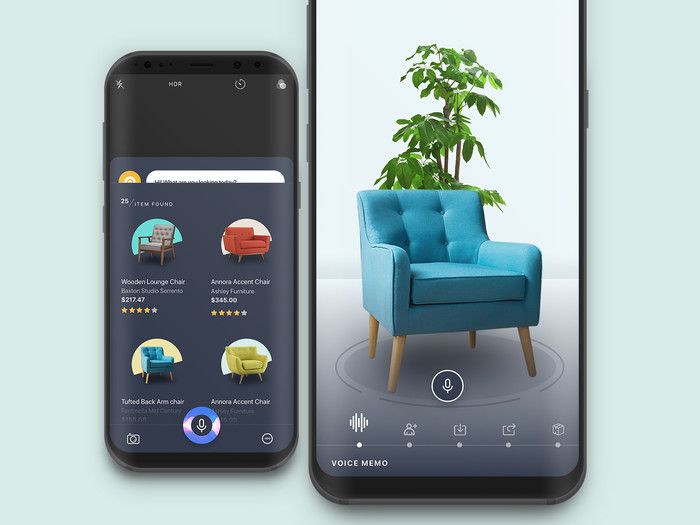
A retail app with augumented reality functionality (image by RajivB.)
Before we move to an example of a digital transformation strategy in retail, here are key DX directions in the industry:
- Implement tools for the personalized experience of customers based on their previous behavior. It can be done in many forms like autosuggestions that match user expectations to a more streamlined and fast buying process.
- Provide customers with an omnichannel experience so they can interact with your brand through an app, website, social media, etc.
- Combine digital and physical to offer a better in-store experience. This often includes the use of augmented and virtual reality as well as IoT technologies (like beacons).
- Transformation of the supply chain to improve time, speed, and transparency. It often involves AI to estimate the needed volume of products, as well as the best date and time for delivery and so on.
- Re-thinking of an overall marketing strategy to retarget customers and increase their LTV.
- Decrease expenses on different levels: from supply chain to returns, to warehouse management.
Let’s take a look at one of the best examples of digital transformation in retail — Nike!
Digital Transformation Business Case: Nike 👟
Nike switched to a complex digital transformation strategy in the middle of 2010s. The company focused on the following directions as their priority:
- Direct connection with customers through digital channels. Nike decided to sell directly to customers, omitting other vendors, and developed an exclusive partnership with Amazon to power up its e-commerce strategy.
- They’ve also made a strong bet on loyalty & community building. Digital tools help to keep in touch with customers to form long-lasting relations and make sure they don’t leave for competitors.
- Nike also actively uses powerful data analysis to provide personalized experience and recommend the right products.
- Finally, the company has also introduced a few totally new and absolutely digital products.
Have these efforts helped Nike? They definitely have! Nike’s new digital strategy helped to re-shape the brand, leading to more customers and higher revenue.

Nike has a powerful mobile strategy (image from the Nike website)
You can easily notice the growth of Nike’s market capitalization during the last decade. To put it short, it went from $67 billion at the begging of 2014 to almost $160 billion in June 2020. At the same time, the annual revenue grew from $27 billion in 2014 to $39 billion in 2019.
Nike made a bet on mobile applications — and that’s a good digital transformation new business model example. Why is it new? Because it’s built not around the product but around the customer.
As of 2020, the company has several mobile apps:
- The main Nike app. Its users get a few benefits right away — like free shipping or receipt-free returns. At the same time, they maintain long-lasting relations with customers using customized style tips and news feed, announcements on Nike events, member-only products and early access to new drops, etc.
- The company also promotes community building with the help of Nike Training Club and Nike Run Club apps. The apps contain workouts, nutrition tips, tools to track running, and gamification elements like badges and leaderboards.
- Finally, the Nike Adapt app is a beautiful example of it’s possible to combine non-digital products like shoes with a completely digital solution like a mobile app. It allows users to customize and control Nike Adapt footwear — self-lacing sneakers with LED lights.
Nike’s progress in DX allowed it to become the world’s leader in the field of sports shoes. Its digital transformation isn’t finished yet. But we can already see that they’ve chosen a complex strategy that disrupts many traditional approaches — and, thus, makes Nike a leader.
🍽 Restaurant | Domino’s Pizza
New technologies power up the food industry. Nowadays restaurants have to compete for customers, attract and retain them by tailoring products and services to their preferences and behavioral patterns.
Just like retail businesses, restaurants are mainly focused on customer-related technologies that allow them to serve customers faster, cheaper, and better.
{ rel="nofollow" .default-md}*)](https://cdn.sanity.io/images/ordgikwe/production/00f45d08d1936abfdecbbd72415bfbb015711e17-1000x750.jpg?w=1000&h=750&auto=format)
Food delivery app concept (image by Md. Shakib Ali )
The key directions for DX in the restaurant industry are:
- Restaurants spend lots of time and efforts to build a digital presence. Their goal is to become a part of customers’ lifestyles through a broad marketing strategy using social networks, websites, apps, platforms like TripAdvisor, etc.
- An ordering & delivery system is another top priority for restaurants. They are either connecting to existing services like UberEats and PostMates, leaving organizational hassle behind as well as up to 30% of their income, or build such a system from scratch.
- Big Data plays a really important role here. It provides valuable insights on what, when, and how users like to order — info you can hardly collect without going digital. It helps to streamline other processes, perfectly match supply with demand, and foresee hidden opportunities.
- Yet, not all the digital initiatives focused solely on customers. Restaurant management software is developed for staff to simplify interaction with customers: manage reservations, bill clients, track delivery orders, etc.
- Finally, restaurants invest many efforts to communicate with customers, especially in terms of satisfaction. Thus, businesses are able to track negative reviews on special platforms like TheFork or social media and ensure satisfaction with their quick reaction.
Let’s take a look at an example of a digital transformation strategy implemented by Domino’s Pizza!
Digital Transformation Business Case: Domino’s Pizza 🍕
Domino’s Pizza is a great example of how a right digital strategy can help a food company skyrocket.
Back in 2008, the company seems one step away from a total disaster. It struggled with both negative brand image and an all-time low stock value of $3 per share. Today Domino’s Pizza outperformed Pizza Hut, its main competitor, and has a stock value of $374 per share, showing 12,466% growth in 12 years.
This success is strongly linked to their digital activities. In 2008, they’ve started by launching a “Pizza Tracker” technology. It showed the progress of online orders made via the website.
They took the next step in simplification of customer’s path to purchase in 2011. The company launched an iPhone application and updated their menu.
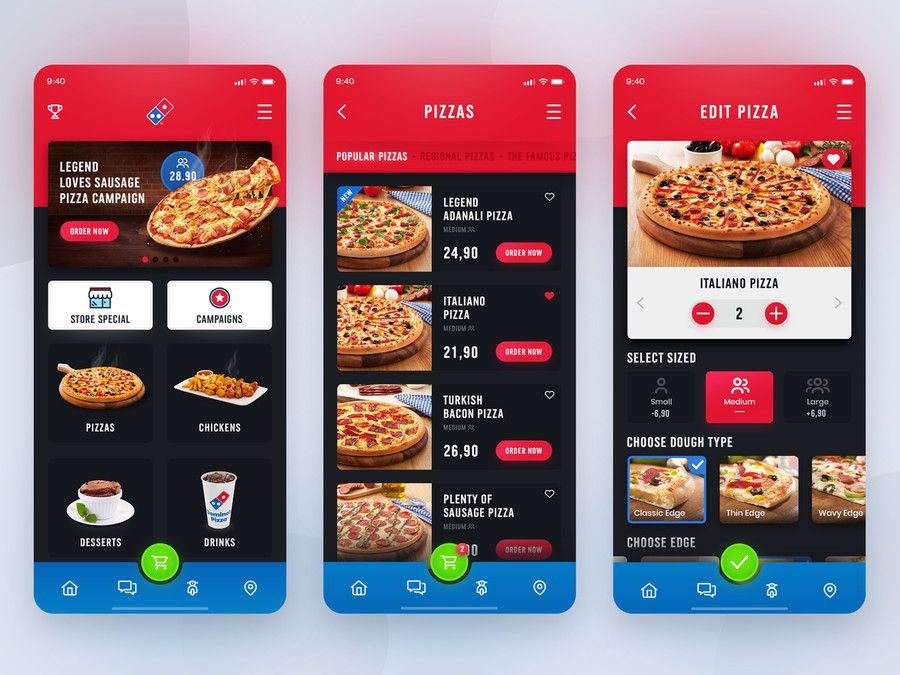
Digital Customer Experience in Domino's Pizza is built around mobile apps (image by Selim Özkök)
As a result, ~25% of sales were ordered online or through a handheld device. 6 years later, in 2017, this figure had reached 60%. And after the Covid pandemic in 2020, the share of online orders reach a record of 80%.
To achieve this, they’ve taken 2 major steps: greatly improved the quality of their food and implemented a broad digital strategy that helped to form a new brand image. David Wild, company’s CEO, in his interview said that the process is still going on:
And by the way, things haven’t “changed” — they are changing, this is an active process, and the rate of change is not in any way slowing down. It’s also not “the digital department’s” job to be doing this, by the way — everyone in the company needs to be part of digital in modern business.
Digital transformation provides opportunities to create new business models. The most noticeable steps of the company’s digital strategy are:
📢 Digital Marketing | 📞 Ordering |
The company is well-known for its effective digital marketing efforts like viral videos, SMM campaigns, and others. | One of the key Domino’s principles: “Ordering should be easy”. Thus, the company always uses new digital capabilities to make it even simpler to make an order. |
🛵 Delivery | 🤝 Franchise |
Domino’s Pizza was the first restaurant to launch drone delivery. Tested in New Zealand in 2016, the service is now available in other countries as well, including Germany and the Netherlands. | There are ~15,900 Domino’s Pizza restaurants all over the world but the company itself owns only 390 in the U.S. As a franchisor, the company heavily invests in the development of IT systems for their franchises. |
These efforts helped Domino’s get ahead of its competitors and build a strong image of a digital leader.
🏋️♂️ Fitness | Platoon Fit
The fitness industry may seem not very suitable for DX. How can you transform fully offline experience? Yet, there are many ways gyms, fitness and yoga studios, and even coaches with personal brands can benefit from DX.
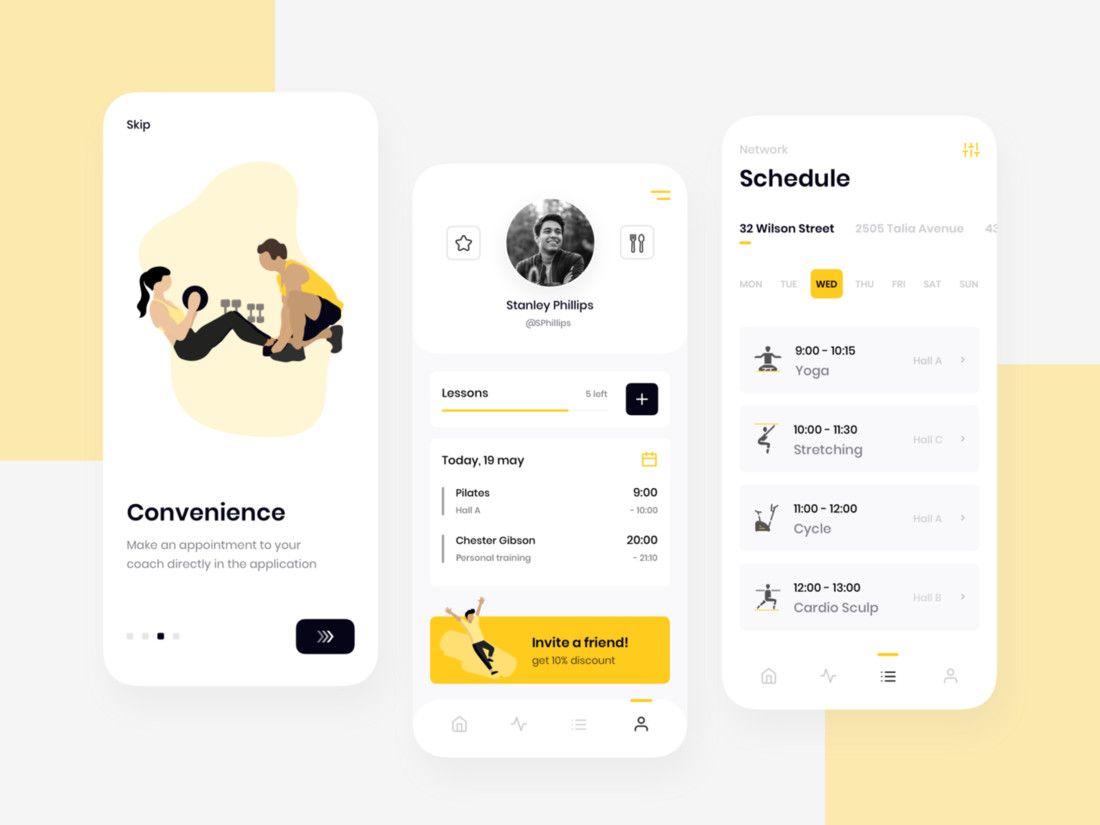
An online scheduling application for a gym (image by Cleveroad)
The need for transformation became especially clear during the Covid-19 pandemic. Gyms were closed and their potential visitors were locked up at homes. Many of them were willing to do some sports and that’s when fitness businesses with digital presence clearly understood their advantages.
If you look at a typical sample of digital transformation in the fitness industry, you’ll find out that DX here goes in the following directions:
- Building a digital personal trainer experience. This direction is based around mobile devices where users can watch video workouts, check exercise examples or even connect to live training.
- Wearable technologies are definitely one of the top trends in fitness. This not only includes smartwatches and fitness trackers but even more special devices like heart rate monitors and BLE-devices.
- Gyms and studios also competing to provide better service for customers that visit them offline. Features implemented under this direction are online registration and check-in, online chat with coaches, class scheduling. Loyalty and gamification elements are used to retain customers and turn them into regular visitors.
- To increase revenue and cut costs, fitness businesses also implement ML and AI technologies. On the one hand, it allows them to build more personalized relations (for example, offer a membership option that matches customer’s behavior). AI-based tools like chatbots can cut costs on answering service questions or dealing with other issues.
We’ve also worked on a digitalization for a gym in New York. Here’s what we’ve achieved!
Digital Transformation Business Case: Platoon Fit 🏃♀️
Platoon Fit is a mobile application that we’ve developed for a coach and gym owner from New York. This was an absolutely new independent product to offer both existing and fresh clients additional value.
The app focuses on guided online workouts and related to it features. Customers can use the app to open an online workout to see exercise techniques.
On top of that, we also integrated music streaming services. Thus, users can enjoy their favorite music right in the app. Since listening to music is quite a popular activity during workouts, this feature perfectly matches the standard behavioral patterns of users.
We’ve also paid special attention to integration of wearable devices. Users can connect BLE heart rate sensors and see the collected data right in the app.
🎬 Entertainment & Media | Netflix
Under this name, we’ve gathered all kinds of entertainment and media businesses: newspapers, radio, TV channels, music, and video streaming platforms, and so on. Despite these are quite different types of business, they all are influenced by the same digital trends. If you look at an example of a digital transformation strategy of any popular company, you’ll see that they all follow a few common rules.
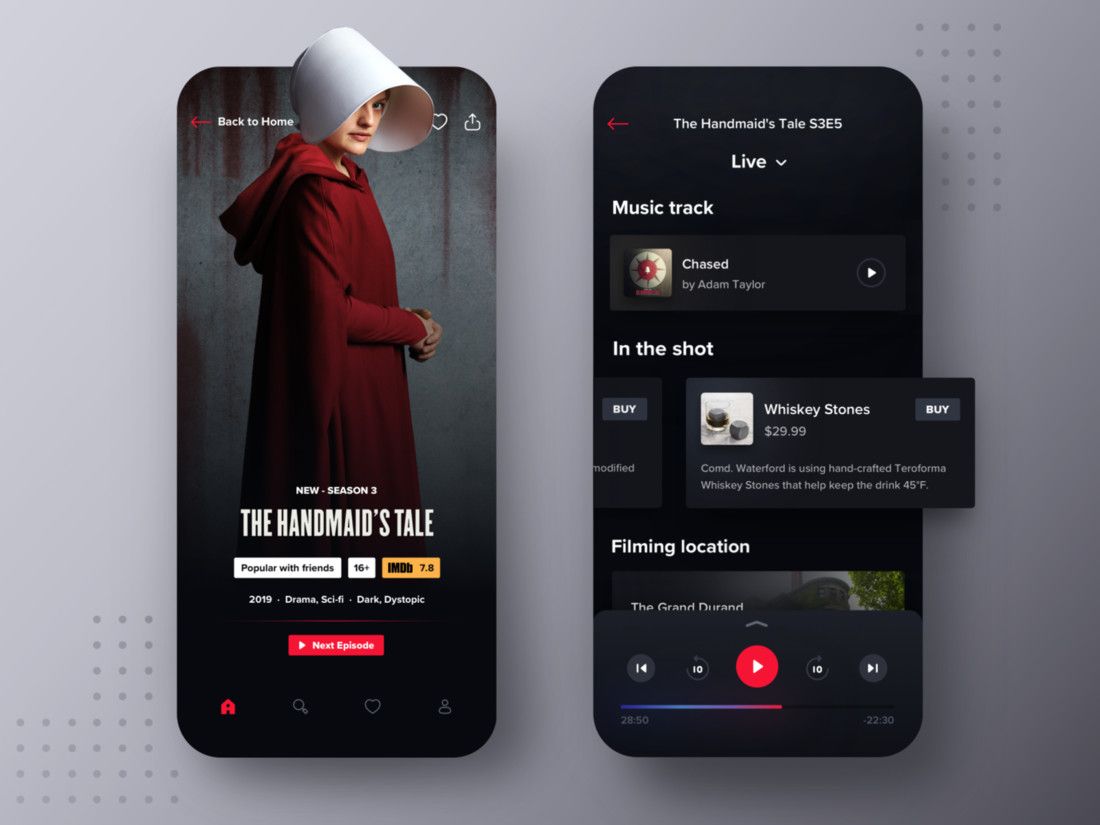
The entertainment industry today fully relies on digital transformation (image by Wojtek Dziedzic)
These trends define the digital direction in which entertainment & media businesses evolve to meet the customers’ expectations:
- One of the top priorities for such companies is to build an omnichannel presence. Depending on the peculiar properties of your business, users should be able to interact with you from as many platforms as possible — through a website, mobile app, social networks, wearable devices, etc. Moreover, information between different platforms should be synced.
- Users expect smart personalization powered by ML and AI. Today your customers are overwhelmed by the amount of content. Thus, they expect to receive only those news, music and movies that match their interests.
Netflix is a bright example of digital transformation in this field. Let’s take a closer look!
Digital Transformation Business Case: Netflix 🎥
Today almost everyone thinks of Netflix as a digital king of movies and series. Yet, not everyone knows that the company didn’t start as a digital initiative that disrupted the market right away.
Netflix was founded in 1997. Back then, it specialized in renting DVDs with movies but using a specific business model. Users won’t pay for each disk or face shipping, handling, late, and other fees. Instead, they would have a monthly subscription that allowed them to have a few movies at a time and exchange them for new ones whenever they’d like to.

A huge number of users watch Netflix on their smartphones (image by Faraz Ali)
In 2007, Netflix launched and started actively developing its online streaming service. Nowadays we can clearly define steps that led to Netflix’s digital success:
- The company is well known for its recommendation algorithms. Netflix offers its customers personalized experience since it picks at first place those movies and shows that should be the best match based on the user’s previous history.
- Netflix also follows the rule on omnichannel presence. Nowadays you can watch it on a PC, smartphone or Smart TV. Moreover, the progress is synchronized across all devices so you can start watching a movie from an iPhone and then continue watching it on Smart TV with a few taps.
- Finally, Netflix is a good example of digital transformation strategy based around scalability. They offer quite a clear and understandable pricing system that allowed to easily launch Netflix in over 190 countries.
These efforts paid off, increasing the company’s market capitalization from $1.7 billion in 2007, when they’ve started actively developing their digital strategy, to $213 billion in June 2020. In 13 years Netflix managed to increase its capitalization by 12,529%!
🏭 Manufacturing | L’Oréal
Previously we’ve reviewed digital transformation and opportunities to create new business models in industries in which businesses directly interact with their end customers. In manufacturing industry, DX is mainly aimed at internal processes.
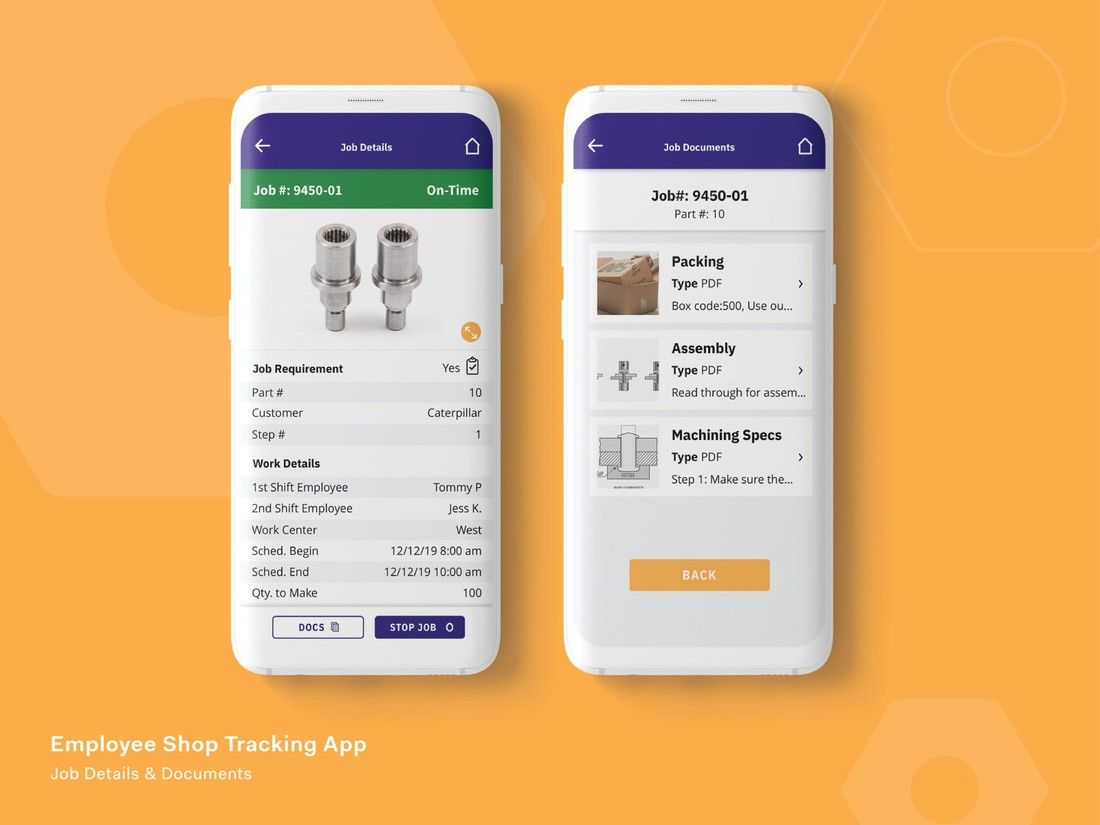
Digital transformation example in the manufacturing industry (image by Kelsey McMahon)
Key directions of digital transformation in this industry are:
- Manufacturing companies mainly rely on digital transformation to streamline internal processes. This includes inventory & warehouse management, employee management, supply chain organization, tracking and logistics tools, etc.
- The digitalization of manufacturing processes is often linked to the Industrial Internet of Things (IIoT) technologies. These are different sensors, thermometers, GPS devices, RFID and other tags, etc. They help to gather data on product quality, machinery conditions, and turn it into valuable insights.
- Digital technologies also help to reshape production to more accurately match a demand, minimize costs of wasted materials or overproduced goods.
- Manufacturing companies also launch new digital products to increase brand awareness and loyalty.
Let’s take a look at an example of digital transformation by L’Oréal. It combines both inner transformation within the company and new digital approaches to communication with customers.
Digital Transformation Business Case: L’Oréal 🧴
This French cosmetics company has made a great progress in DX. The company takes a holistic approach that isn’t limited to a small group of activities but tries to disrupt many traditional processes.
Like any other DX, L’Oréal’s transformation is powered by its staff. Only in the Human Relations department company has trained more than 22,000 people and recruited over 2,000 digital experts. In 2014, the company appointed its first Chief Digital Officer as a member of the company’s executive committee.
The company pays special attention to development of new digital products. That’s why L’Oréal even acquired a tech company in 2018. Its AI and AR engineers built a few applications like:
- Style My Hair for checking how a new hair color will be like;
- Clarisonic App with tips & guides on skincare;
- Makeup App that allows you virtually envisage how you will look like with a given makeup.
The company also develops digital wearable product. For example, in 2018 they’ve developed a UV Sense — a battery-free wearable device that measures UV radiation. It’s managed via the app and notifies users when the UV level is above normal and they should apply sunscreen:
Another sample of digital transformation within L’Oréal is how they improve the in-store experience. Using the app, customers can scan products in a store and instantly see product details or even try how they’ll look on themselves. Finally, they can make a purchase through the app, avoiding lines and picking it in any store.
Le Teint Particulier is another product worth mentioning. It allows to measure skin tone of a customer right at the point of sale. After that, a bespoke concealer is manufactured for them right in the store. The production itself is powered by AI that makes a perfect match by choosing between more than 22,000 combinations of shades, coverage, and hydration levels.
What about digitalization of manufacturing processes? The ones that are not seen by ordinary customers.
For example, L’Oréal developed a special app for manufacturing operators. It helps to streamline changeovers when a production line is changed to make a different product. Previously it used to take a lot of manual works and over 1 km of walking each done. The app made it possible to do it with a few taps — about 20 minutes now against up to 4 hours before.
Another direction within the company is 3D printing for fast prototyping. Instead of spending lots of time on building & testing products in the real world, now they can develop 3D models in a matter of hours and test them with virtual simulation tools:
These combined efforts helped L’Oréal strengthen its position as world’s leader in cosmetics manufacturing and increase stock value by 252% — from $125 per share in 2014 to $290 in 2020.
💸 What Are the Costs of Digital Transformation?
While the benefits of DX for businesses are quite obvious, it’s not that clear how much it may cost. Actually, it’s quite difficult to provide you with specific figures since:
- DX is a continuous process that consists of many sub-processes (like app development, web development, staff training, improvement of existing tools and others). It doesn’t have a fixed start & end dates.
- The scope of work will be different in every specific case.
- All businesses are different. DX of a local hotel chain and one of the world’s top car manufacturers — are quite different processes.
Thus, it’s impossible to provide you with a rough estimate of digital transformation without having any extra data. However, you can find estimates of mobile apps in the article below. Mobile application development is usually an important part of an overall DX strategy.
To get an estimate of your idea you should contact a software development company that will provide you with more or less accurate figures based on specifics of your project and their hourly rates.
Are you looking for someone to estimate your idea? Or in need of a professional look at your DX strategy? Contact us and we’ll help you with your digital transformation!
Was it helpful?
Read also

Case Studies: Success Stories of Businesses That Built and Launched SaaS Applications

Case Study: How We Solve Technical Challenges for Our IoT, Mobility, and Fitness Clients
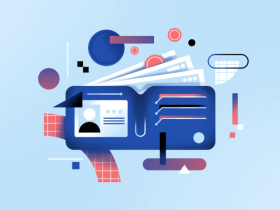
How to Monetize Your SaaS Product: Pricing Models and Strategies for Success
Our clients say
![Stormotion client Pietro Saccomani, Founder from [object Object]](/static/40e913b6c17071a400d1a1c693a17319/b0e74/pietro.png)
They make the whole business work for us, and their improvements are fundamental to our operations. They’re reliable, honest, and willing to try new things that will help us. We appreciate how flexible and easygoing they are.
Pietro Saccomani, Founder
MobiLoud
